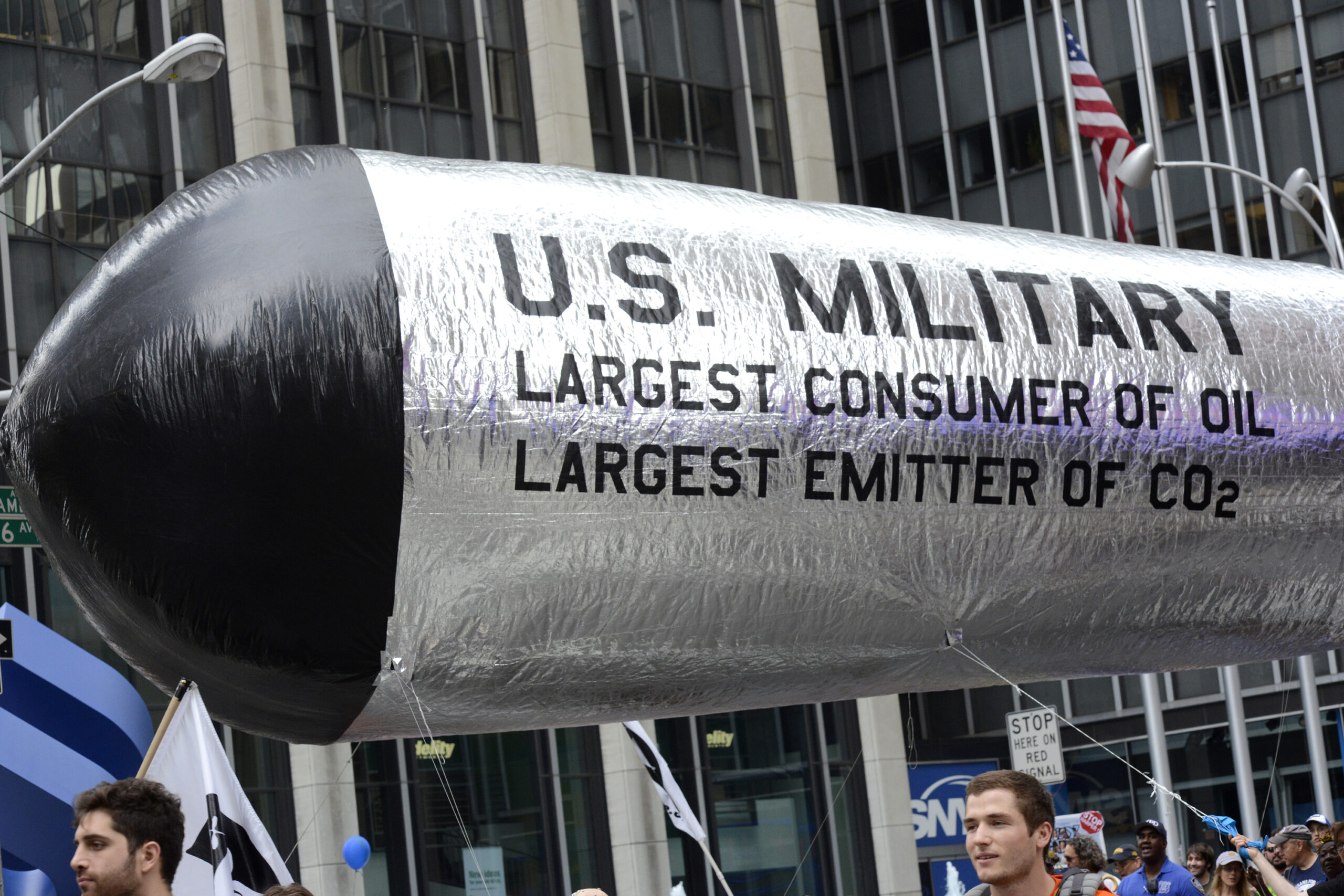Photo credit: Stephen Melkisethian
Over the last 20 years, public education systems have suffered budget cuts, regimented curriculum, high-stakes standardized testing and cuts to teaching and administrative staff. Standardized testing and evaluation, often known as “teaching to the test” have substituted the critical thinking and holistic practices of education that are crucial to civic engagement and real-world problem solving needed to address the challenging social and environmental issues we face today.
Peace education operates on the bridge between theory and action, working to connect the experiences of the class room to real-world problems to find real-world solutions. In this article, the author encourages his readers by suggesting “as a field already accustomed to addressing difficult issues in proactive ways, peace education has the virtue of being unafraid to wade into even the thorniest matters”.
The author discusses how peace educators at all levels can help address today’s important social and environmental issues by creating a sense of ‘grounded optimism’ that will help address these issues at both an individual level and as a society. Peace educators, in particular, are already concerned with society’s most pressing issues and in many ways inclined toward the type of systemic thinking and analysis needed to a) draw the connections between challenges of climate change and militarism, while b) using their tools as educators to promote constructive engagement with these issues.
The author suggests peace is an essential component of a sustainable society. As such, the central aim of peace education should be to understand the causes of conflict and violence, and ultimately encourage the development of sustainable alternatives to the world’s great challenges-especially the entrenched nature of militarism and the growing global threat of climate change.
The author provides examples that address these social and ecological issues in his own peace education work and suggests further theories, practices and visions that educators might build on.
What connects his examples of peace education are not only the topics being discussed, but more importantly the methods used by the educator. “Peace educators have long made the connection between what we teach and how we teach it, indicating that the processes utilized are in and of themselves part of the substance of any course”, suggests the author. In contemplating pressing social and ecological issues, peace education draws attention to the fact that human-human and human-environment conflicts are related, and that peace and sustainability are mutually essential as a way around these conflicts.
Considering the weighty topics in today’s classrooms and in the media, optimism and holistic approaches to educational practices may be the needed push to keep students and peaceworkers on the right track. Although it is not always easy, peace educators learn to mediate the negativity and hopelessness we all face and turn it into opportunities for dialogue and constructive transformation.
Contemporary Relevance:
Although this analysis is especially relevant to the United States’ educational system the educational challenges discussed are increasingly applicable to a global audience, especially in western styles of education that often exchange academic practices and standardization to mirror trends of global social and economic markets.
In the face of widespread budget cuts, regimented curriculum, standardized testing and cuts to teaching and administrative staff; peace education practices are more important than ever in order to boost civic engagement to encourage real-world problem solving needed to confront the challenging social and environmental issues we face today.
Talking Points:
- Peace educators connect what they teach to how they teach, indicating the methods used are in and of themselves part of the substance of peace education.
- As a field already accustomed to addressing difficult issues in proactive ways, peace education is capable of addressing even the most contracted problems.
- Peace educators at all levels can help address contemporary important social and environmental issues by creating a sense of ‘grounded optimism’.
Practical Implications:
Methods and pedagogy from peace education have proven to be effective in engaging students in meaningful, productive conversations addressing challenging topics. The holistic approach of peace education practices provides students and educators with a platform to construct actionable steps to address today’s biggest problems.
Test scores in many western countries, especially the United States, are on the decline. Peace education can offer the benefits of holistic education and practical relevance to today’s pressing issues, providing a kickstart to slumping academic performance.
Keywords: climate change, environment, militarism, peace education
Continued Reading
- Preparing Reflective Practitioners by Zeena Zakharia (http://www.ineesite.org/en/discuss/preparing-reflective-practitioners)
- Peace Education: Source of National Unity and Global Harmony by Charles Mercieca (https://www.transcend.org/tms/2011/06/peace-education-source-of-national-unity-and-global-harmony/)
- We Can’t Bomb our Wat to Better Schools by Rivera Sun (http://www.peacevoice.info/2016/07/31/we-cant-bomb-our-way-to-better-schools/)
Citation
Randall Amster (2014) Teaching to the test: climate change, militarism, and the pedagogy of hopefulness, Journal of Peace Education, 11:3, 267-278, DOI: 10.1080/17400201.2014.954362

